





Traumatologist
The traumatologist is the doctor specializing in treatment of mechanical damages and degenerative and dystrophic diseases of joints and bones which result from disturbance of food of tissue of joint cartilage and, as a result, loss of elasticity and elasticity. In other words the traumatologist (from the Greek words: "trauma, traumatos" – a wound, damage and "logos" – the doctrine) is a specialist in questions of diagnosis, treatment and prevention of the disturbances of a musculoskeletal system resulting from injuries or other diseases.
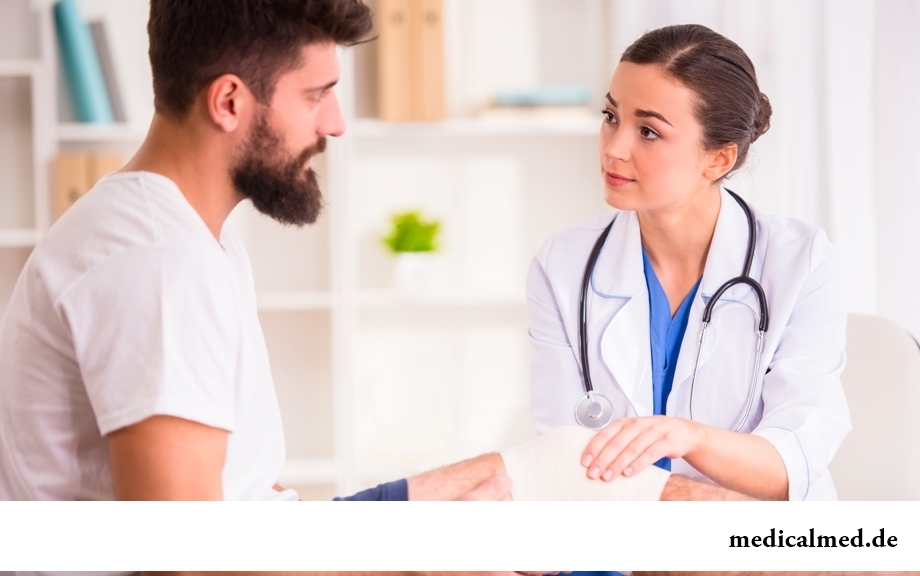
Reasons of the address to the traumatologist
According to traumatologists, fractures of bones, on the second place – ruptures of sinews, on the third – dislocations are the most frequent reasons of the request for their professional help.
Growth of the injuries connected with the road accidents is around the world noted, also injuries often accompany many sports. So, according to the rating of the Forbes magazine, in the USA entered ten the most injury-causing sports:
- Basketball;
- Cycling;
- American soccer;
- Motorcycle sport;
- Baseball;
- Fitness;
- Soccer;
- Diving;
- Ski race;
- Snowboarding;
- Rugby.
Except athletes, quite often the so-called risk group on emergence of traumatic damages into which elderly people, and also patients with a lack of calcium and vitamin D – the substances participating in synthesis of a bone tissue and providing its durability and stability get also needs consultation of the traumatologist.
One more category of patients, alas, which is often getting on reception to the traumatologist is children. Children are mobile, active, and sense of danger and self-preservation at them is developed insufficiently, as a result – a large number of children's injuries and need of the address to the children's traumatologist.
Field of activity of traumatologists
The traumatologist carries out diagnosis and treatment of the following diseases:
- Changes;
- Bruises;
- Dislocations;
- Stretchings and ruptures of sheaves;
- Arthritises and arthroses;
- Osteoporosis;
- Osteomyelitis of bones;
- Tumors of bones.
Reception of the traumatologist
On outpatient appointment to the traumatologist it is possible to get in traumatologic offices (departments) of policlinics and in emergency stations. By results of consultation of the traumatologist the issue of hospitalization of the patient or his treatment in out-patient conditions can be resolved. In case of need the traumatologist sends it to a specialized hospital of a surgical profile. In similar medical institutions also primary reception of the traumatologist for injured accidents is carried out.
The traumatologist of a medical hospital and emergency station gives help not only at the isolated damage, but also at multiple injuries which can be followed by blood loss, including internal bleedings, disturbance of consciousness and breath, quickly developing infection (peritonitis, gangrene), a sudden cardiac standstill. Thus, in critical situations the traumatologist performs functions of the emergency doctor.
Modern traumatologists in the work use conservative methods of treatment (imposing of plaster bandages and steak, massage, extension, physiotherapy exercises, physiotherapeutic methods of influence), and also operative measures on bodies of a musculoskeletal system, including and on a backbone.
Children's traumatologist
The children's traumatologist performs the same functions, as usual, but taking into account anatomic and physiological features of the growing organism.
At children and teenagers allocate the special types of changes which are followed by sliding or shift of trailer departments of tubular bones in the area of the neogrowing stiff rostkovy cartilage – an epiphysis (epiphysiolysis) and apophyses (apophyseolysis). Involvement of a bone without appropriate treatment can lead to shortening and a curvature of an extremity. Owing to features of a structure of a bone tissue children quite often have subperiostal changes as "bent" or "a willow rod" with disturbance of integrity of a bone at the unimpaired periosteum.
At damage of the copular device at children the children's traumatologist defines a separation of sheaves and tendinous stretchings in a point of their attachment to a bone together with an osteoarticular fragment. At a similar injury at adults only the sheaf is broken off.
According to traumatologists, dislocations of bones as a result of an injury practically do not occur at children that is explained by feature of an anatomic structure of bones and the copular device of a joint.
Diagnosis in traumatology
During consultation the traumatologist can appoint the following types of diagnosis:
- X-ray inspection – a method number one in diagnosis of injuries;
- CT (computer tomography) or MRT (magnetic and resonant tomography) – is applied to specification of the diagnosis at difficult, critical injuries, for example craniocereberal;
- The general clinical blood test – is appointed for identification of disturbances of a homeostasis for the purpose of definition of weight of an injury;
- Biochemical blood analysis on the content of calcium, an alkaline phosphatase, calcitonin;
- Densitometry (determination of density of a bone tissue) – the last two methods of a research are appointed at osteomyelitis and osteoporosis.
According to indications additional researches, and also consultations of adjacent specialists, for example, of the neurosurgeon, the cardiologist, etc. can be appointed.
When it is necessary to go for reception to the traumatologist
Consultation of the traumatologist is necessary in the presence of the following symptoms:
- Restriction of the movement in a joint;
- Increase in the size of a joint or its swelling;
- Pains and crunch during the movement;
- Instability in a joint;
- Change of a form (deformation) of a joint.
According to traumatologists, timely diagnosis and correction of the specified symptoms allow not only to accelerate recovery process, but also prevent development of possible complications.
To tell even the shortest and simple words, we involve 72 muscles.

For anybody not a secret that our country is one of the most "drinking" in the world. At clear understanding of that the use of strong...
Section: Articles about health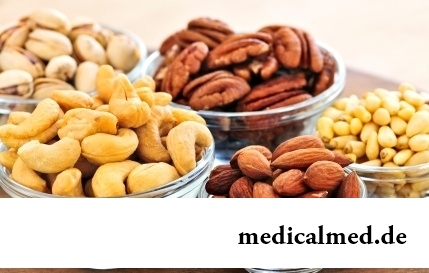
When overcomes feeling of hunger, and an opportunity to have dinner fully is absent, having a snack − the meals, small on volume, stabilizing sugar level in blood comes to the rescue. The relation of nutritionists to having a snack is more often negative, but only because in кач...
Section: Articles about health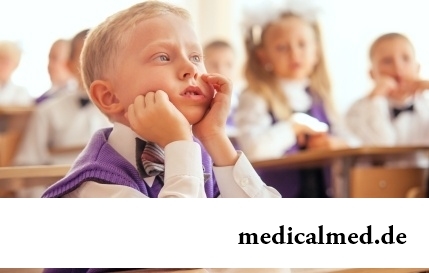
Since the moment when the child becomes a school student, his sight begins to be exposed to the strengthened loadings which are supplemented with viewing of animated films and long computer games. During this period of life of the child development of not completely created organs of sight, it is very easy to break the excessive loading which is aggravated with lack of a work-rest schedule. As a rule, and occurs: according to WHO statistics, every fourth child of school age has these or those diseases of eyes, Wednesday...
Section: Articles about health
Obesity is called by a disease of 21 centuries, for the last 100 years by the number of the people suffering from excess body weight, considerably increased...
Section: Articles about health
Maternal milk is the best food for the newborn. It is the unique natural product containing an optimum set of nutrients, and which is best adapted in order that the baby normally developed and it was protected from harmful fa...
Section: Articles about health
One of the useful properties presented to the person by the nature is ability to feel fear. This ability is designed to signal about approach of a dangerous situation and to help to avoid in advance it to keep life. However if the fear is persuasive and is not reasonable, it can seriously limit possibilities of the person in respect of socialization and self-realization. Such pathological fear is called a phobia....
Section: Articles about health
Any of us is not insured from a heavy illness of the loved one. Happens and so that someone from family members becomes lying бо...
Section: Articles about health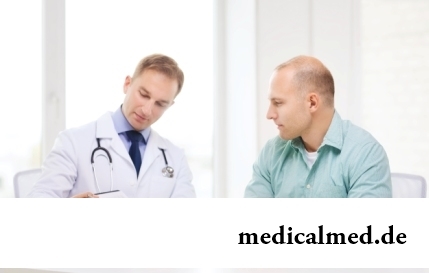
According to doctors, more than a half of men of 25-50 years suffer from frustration of the urinogenital sphere, but the minority sees a doctor from them. And in vain - even the insignificant discomfort in the field of generative organs can serve as a symptom of an illness fraught heavy посл...
Section: Articles about health
Doctors claim that the people not so familiar with a dorsodynia occur among adult Russians very seldom. At the same time the vast majority of the patients who are periodically testing this indisposition do not hurry to ask for medical care at all. On the one hand, there is an opinion that feelings of this sort at mature age are nearly natural phenomenon which is not doing serious harm to health. With another – practice of self-treatment various obezbol is eurysynusic...
Section: Articles about health
All diseases from nerves – in this joke a big element of truth, are said by doctors. Constant stresses lead body to decrease in protective forces...
Section: Articles about health
Small appetite at the child – the complaint which pediatricians should hear practically from each mother. Most often it is carried to the category of children's whims, however the refusal of food in certain cases can be to alarming symptoms therefore it cannot be ignored....
Section: Articles about health
Stroke (acute disorder of cerebral circulation) – one of the most widespread neurologic diseases. Annually in the world more than 6 million people die of this illness. From the survived patients about 80% become disabled people, and nearly a third from them needs afterwards permanent care. In fact, the stroke creates a situation at which a part of cells of a brain loses blood access, loses an opportunity to receive oxygen and nutrients, and perishes. As a result of a razviv...
Section: Articles about health
Antibiotics - - it is possible to call the chemical compounds suppressing growth of bacteria the break in the field of medicine which allowed to save persons...
Section: Articles about health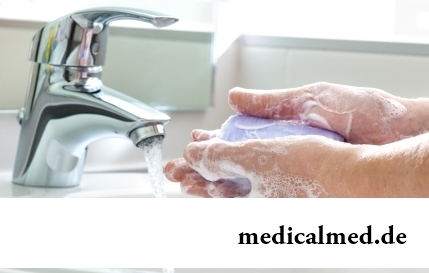
Helminthosis is one of the most widespread diseases. Statistically, any species of helminths infected every third inhabitant of the planet. Most of specialists even consider these data strongly underestimated: some uninvited "cohabitants" of N...
Section: Articles about health
Quite large number of people adheres to the principles of vegetarian food. But how to be if in a family of vegetarians there are children? Whether it is possible to eat also it the same as to parents, or after all the children's organism is not adapted for the use of exclusively vegetable food? Let's try to understand....
Section: Articles about health
The pine is one of the most widespread plants of our woods. Its needles and pitch not without reason called by "gallipot", since ancient times испол...
Section: Articles about health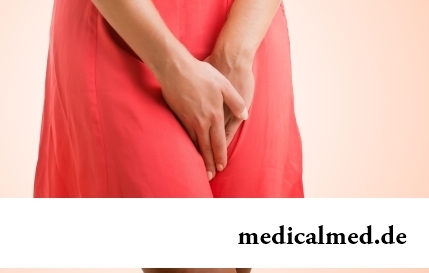
Statistically cystitis 25-30% of women up to 40 years have. With age this indicator raises, besides many do not get to statistics because do not see a doctor. The most sad that after the regular visits to doctors, long reception of antibiotics...
Section: Articles about health
The immunity role in growth of the child is invaluable. The proteins-immunoglobulins produced by immune system preserve the child against the diseases capable − owing to an organism weak still − to serve as a stressful factor, to become the reason of many complications and delays in development of the kid. If the immune system weakened, health of the child is under direct threat and needs active actions for strengthening of protective forces of an organism − preferably non-drug....
Section: Articles about health
Cystitis, or inflammation of a mucous membrane of a bladder, this very widespread disease, which, owing to some persons...
Section: Articles about health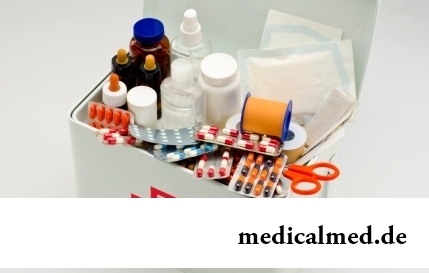
All know that self-treatment is dangerous. However absolutely it is almost impossible to do without it. Rate of modern life does not allow to handle each small trouble to the doctor and information on ways of independent rendering medical the help...
Section: Articles about health
High temperature - a frequent symptom of such widespread diseases as a SARS, quinsy, pneumonia, etc. To reduce heat, having facilitated a condition of the patient, doctors recommend to accept antipyretics, however their use is not always possible. Too frequent use of these drugs can lead to allergic reactions, and also overdose, causing poisoning. It happens also that there are no antipyretics simply in the house. In these situations it is pertinent to use it...
Section: Articles about health
Life does not indulge the modern woman special emotional comfort and carelessness. Fatigue, troubles at work, misunderstanding...
Section: Articles about health
The pancreas performs two functions in a human body: release of enzymes without which digestion of carbohydrates, fats and proteins, and a producing hormones is impossible. The most important of them - insulin, is the main participant of carbohydrate metabolism, a normal...
Section: Articles about health
One of the major chemical processes happening in a human body are oxidation reactions. They go with participation of fats and carbohydrates which we receive from food, and the oxygen getting to us from air. A main goal of such reactions is obtaining the energy necessary for life activity. Unfortunately, as a result of these processes dangerous by-products – so-called free radicals are allocated. To minimize harm which they can cause to the person neo...
Section: Articles about health
Urogenital candidiasis (milkwoman) – a fungal infection which annoys unpleasant feelings in the field of generative organs, сопр...
Section: Articles about health
Not without reason doctors say that 90% of diseases begin or develop because of misoperation of intestines. Disturbance of its functions is connected with various factors among which the important place belongs to excessive "clutter" of an intestinal path. In an organism скаплив...
Section: Articles about health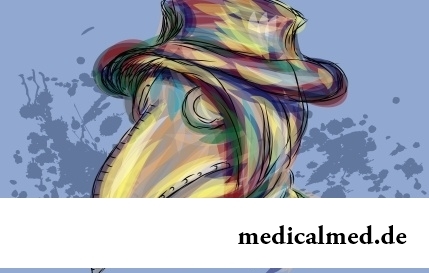
History of mankind contains several tens of epidemics whose emergence was compared by eyewitnesses and historians to doomsday. The most terrible of them claimed the lives of millions of people, having made even the whole people to the person of the earth. What they − the diseases striking terror? Whether it managed to the person to find treatment, or he is still powerless before forces of nature?...
Section: Articles about health
